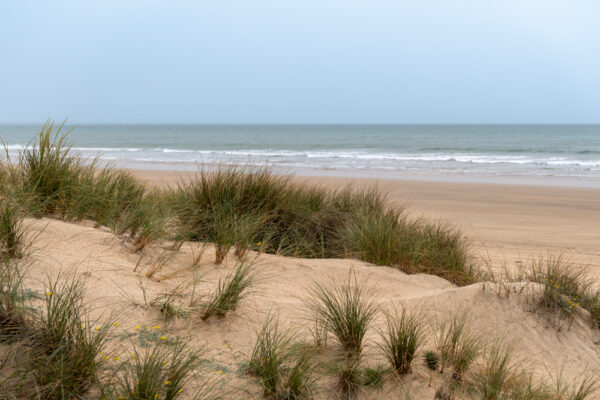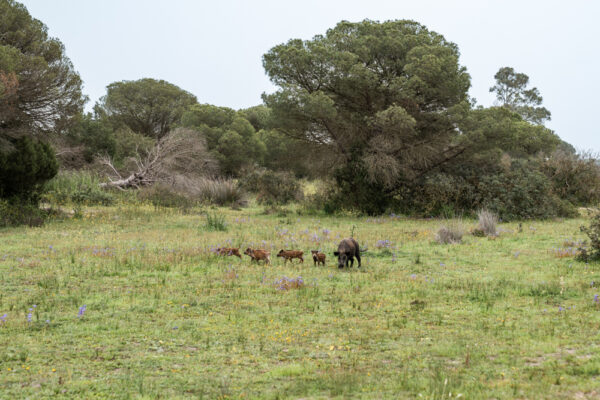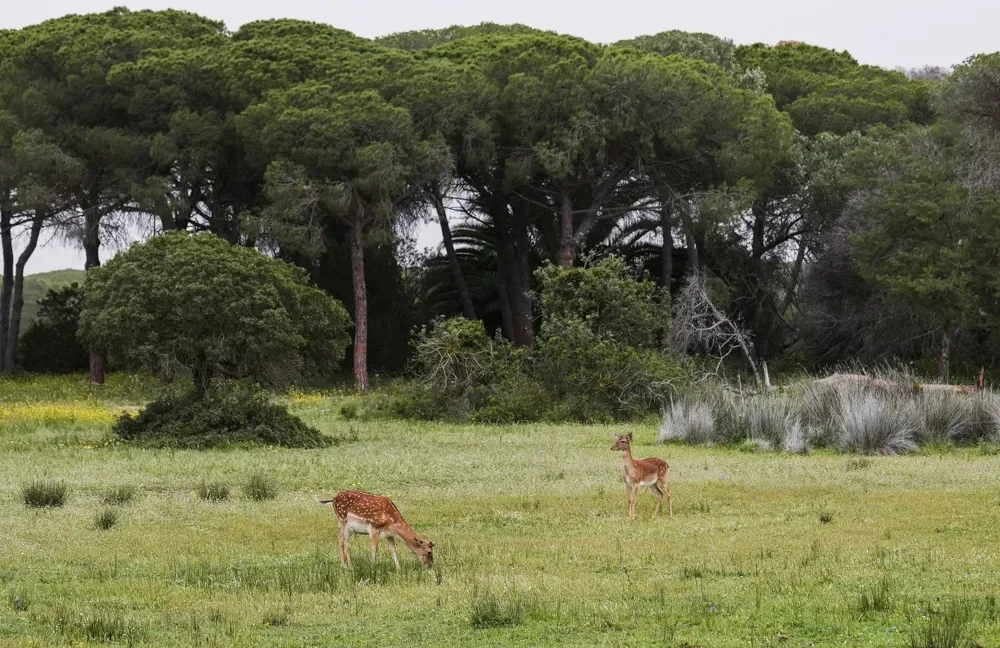Nestled in the southwest corner of Spain lies a natural gem that captivates visitors with its diverse ecosystems, rich biodiversity, and unique landscapes. Doñana National Park, situated in the provinces of Huelva, Seville, and Cádiz, is a haven for wildlife enthusiasts, nature lovers, and conservationists alike. In this blog, we’ll delve into the wonders of Doñana, exploring its significance as a natural park and national park, and uncovering the captivating story of this remarkable sanctuary.
Understanding Doñana’s Protected Areas
The Doñana nature reserve comprises both the Doñana National Park, established in 1969, and the Natural Park, established in 1989 and expanded in 1997 to create a buffer zone of protection managed by the regional government. These two designated areas, the national and natural parks, collectively form a unified natural landscape, each boasting exceptional natural beauty, ecological significance, and cultural value.
While the national park enjoys higher levels of protection and serves as a flagship reserve for conservation efforts, the natural park complements this by providing additional safeguards and management measures to preserve biodiversity and protect wildlife habitats.
In Doñana, the Natural Park and the National Park offer distinct experiences for visitors:
In the Natural Park, visitors enjoy relatively fewer restrictions, allowing for independent exploration and a variety of recreational activities. Here, you can freely roam the landscape, engage in outdoor pursuits, and immerse yourself in the natural surroundings.
In the National Park, conservation of species and ecosystems takes precedence, limiting visitor options to peripheral visitor centers with self-guided walking trails and authorized tours. These measures ensure the protection of restricted areas accessible to the public while facilitating research and preservation efforts.

Ecological Significance of Doñana
When comparing Doñana to other parks in Europe, its significance transcends mere size. While it may not rival the vast expanses of parks like Sweden’s Sarek National Park or Norway’s Hardangervidda National Park, Doñana distinguishes itself through its unparalleled biodiversity and ecological importance.
Positioned strategically between Europe and Africa, and nestled near the Strait of Gibraltar, Doñana’s extensive salt marshes serve as both a breeding ground and transit point for thousands of European and African birds, both aquatic and terrestrial. During the winter, it becomes a haven for migratory waterfowl, welcoming upwards of 200,000 individuals. With over 300 different species of birds observed annually, Doñana rightfully claims its title as the largest nature reserve in Europe.
Unveiling the Story of Doñana
The story of Doñana is as fascinating as its landscapes. Historically, the area served as a royal hunting ground and later underwent various transformations, including agricultural development and attempts at drainage. However, concerns over habitat loss and declining wildlife populations prompted conservation efforts, leading to the establishment of Doñana National Park in 1969.
Today, Doñana encompasses a mosaic of habitats, ranging from marshlands and lagoons to Mediterranean forests and coastal dunes. It is home to a staggering array of flora and fauna, including the iconic Iberian lynx, Spanish imperial eagle, and numerous waterfowl species. The park’s seasonal wetlands provide crucial breeding grounds for birds, while its dunes offer sanctuary for reptiles and small mammals.

Exploring Doñana’s Rich Wildlife
Embarking on a journey through Doñana unveils a captivating world of biodiversity, where visitors can witness an array of fascinating creatures in their natural habitat. From graceful flamingos and majestic herons to the elusive Iberian lynx, the park teems with life waiting to be discovered.
While some may opt for guided tours offered by various companies, we advise against 4×4 excursions due to their noisy nature, which can disrupt the park’s delicate ecosystem and disturb its inhabitants. Furthermore, in 4×4 tours, you may not have the opportunity to step out of the vehicle and truly connect with nature.
Instead, we recommend seeking out walking or biking tours, as well as birdwatching excursions, to fully immerse oneself in the serene atmosphere of Doñana while respecting its wildlife and learning about ongoing conservation efforts.
When choosing a tour company, invest your time in reading reviews about the company to ensure a responsible and enjoyable experience.
Climate’s Impact on Doñana’s Landscape
Additionally, we want to caution visitors that due to the current climate situation and recent droughts, Doñana may not appear as lush and vibrant as expected.
The lack of rains has resulted in the drying of the marshes, affecting the overall landscape and wildlife habitats. This can be observed in our photos, that were taken in the park in March 2024. While it is generally recommended to visit Doñana after periods of rainfall to experience its full splendor, the region is currently experiencing a shortage of precipitation.
Despite these challenges, exploring Doñana is still a worthwhile endeavor, and we remain hopeful that the situation will improve in the future.


